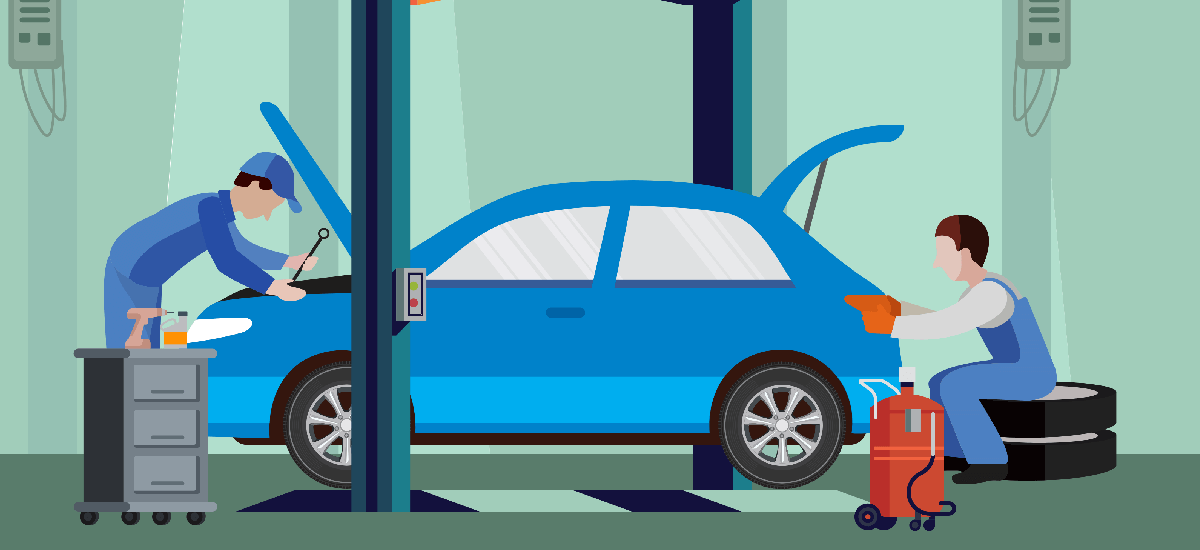All Categories
Featured

Cars and truck repairs can swiftly end up being a monetary problem, particularly when managing significant concerns that call for comprehensive job and pricey components. Understanding the elements that influence the expense of these fixings is necessary for automobile proprietors who wish to be gotten ready for the unforeseen. From the kind of repair service required to the make from your vehicle, a number of crucial elements can establish just how much you'll spend for fixings. Below's a closer look at the most prominent variables:
- Sort of Repair. The nature of the fixing plays an essential function in the cost. Straightforward repair services, such as changing a trigger plug or brake pads, are typically less costly because they call for fewer parts and much less labor. On the other hand, repairs that entail intricate systems like the transmission, engine, or electrical systems often tend to be much more expensive. These fixings usually require even more customized parts and experience, causing higher labor fees. In addition, if the repair includes taking apart several components, the labor costs can rise dramatically.
- Make and Design of Your Car. Deluxe and international lorries, such as BMWs, Audis, and Mercedes-Benz, frequently come with greater repair expenses due to their specialized components and the experience required to work on them. In comparison, more common vehicles like Ford or Toyota typically have less pricey parts and are less complicated for technicians to function on, which lowers repair work prices.
- Parts Schedule and High Quality. The expense of the parts needed for the repair service is one more major element. If you call for initial devices producer (OEM) components, you can expect to pay even more, as these are developed particularly for your automobile. While OEM parts provide a greater degree of top quality and integrity, they feature a premium cost. Alternatively, aftermarket parts-- those made by third-party makers-- are frequently less costly, but might not constantly match the high quality or resilience of OEM components. The rarity of components, specifically for older or specialty vehicles, can also increase the expense, as finding suitable replacements can take time and effort.
- Labor Costs. Labor expenses are among the biggest factors to the total rate of car repair services. These prices differ by area and repair work store, with urban areas normally charging greater prices due to overhead expenses. Mechanic expertise also influences labor costs-- extra specialized or seasoned professionals tend to bill more for their solutions. The intricacy of the repair work additionally plays a role; repair services that need even more time or specialized expertise, such as working with an engine or electrical system, will lead to higher labor costs. Labor is usually billed on a per hour basis, and some repair services can take numerous hours to complete.
- Level of the Damages. If the damages is considerable and needs multiple components to be changed or fixed, the expense will increase. When significant systems like the transmission or engine are affected, the repair service cost can rise rapidly due to the number of components and the labor entailed.
- Vehicle Age and Problem. Older automobiles tend to call for more constant repair work, and as components wear over time, the price of those repair services can increase. Oftentimes, older autos are much more prone to concerns with their transmission, engine, or suspension. Additionally, parts for older designs may be tougher to locate, which can raise both the cost and time required for repair services. If your auto is still in great total problem and well-kept, you may be able to expand its lifespan with less and much less pricey fixings. Cars with fewer miles on the odometer might also be less most likely to require expensive repair work in the future.
- Location of the Service Center. The area of the service center can additionally impact the expense of cars and truck repair services. Labor prices in cities are generally higher than in rural or less densely inhabited areas. Furthermore, dealers typically charge more for fixings contrasted to independent repair shops, although car dealerships might use OEM parts and offer specialized service for your make and design. It's constantly a great concept to shop about and obtain several quotes to find the most effective rate for the repair work you need.
- Insurance and Service Warranty Insurance Coverage. If your automobile is still under warranty, numerous major repair services may be covered by the supplier, which can conserve you a substantial amount of money. In many cases, expanded guarantees or solution plans can help cover fixings for sure parts of the car. Additionally, if the repair service is a result of an accident, your auto insurance plan may cover the price. Be certain to check the regards to your insurance coverage or service warranty policy to comprehend what repair services are covered and what you might need to spend for out-of-pocket.

Conclusion. Numerous factors influence the cost of significant car fixings, including the kind of repair work, the make and design of your car, the quality of the parts utilized, and labor fees. When it's time for a significant fix, recognizing these components can assist you better prepare for repair work expenses and make more enlightened choices. Regular maintenance, consisting of prompt oil modifications, brake assessments, and tire turnings, can assist minimize the requirement for pricey repair services down the line. If you face a pricey repair service, it's always an excellent concept to get several quotes and evaluate the advantages of using OEM versus aftermarket parts to make the most cost-effective choice.
Latest Posts
Host Your Perfect Occasion: Place Rental Choices for every single Occasion
Published Mar 19, 25
1 min read
Step-by-Step Installation of Continuous Panel Fencing
Published Feb 08, 25
1 min read
Top 5 Maintenance Tips for Your Continuous Panel Fence
Published Feb 07, 25
1 min read